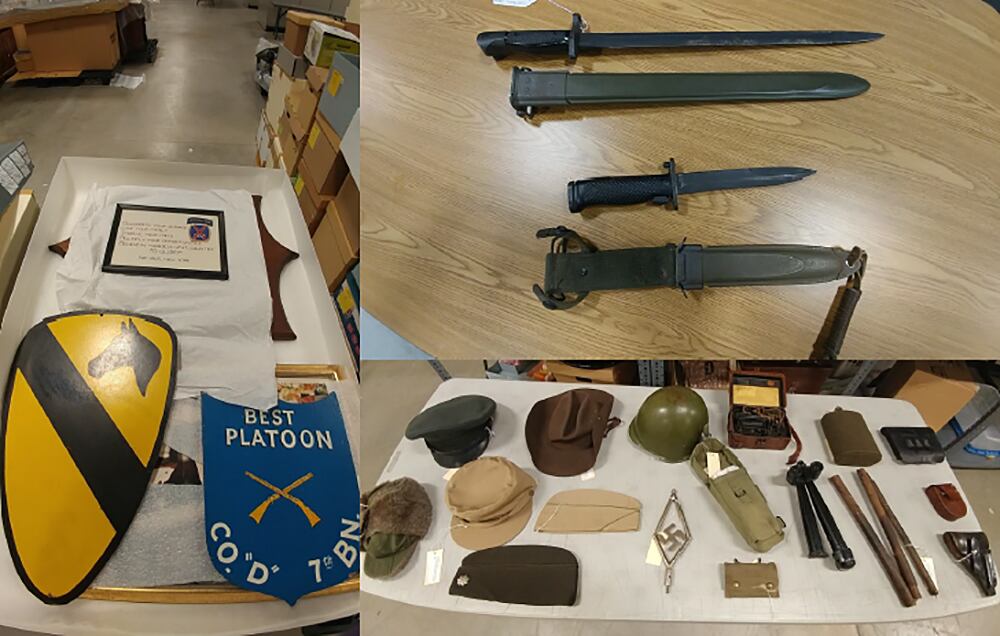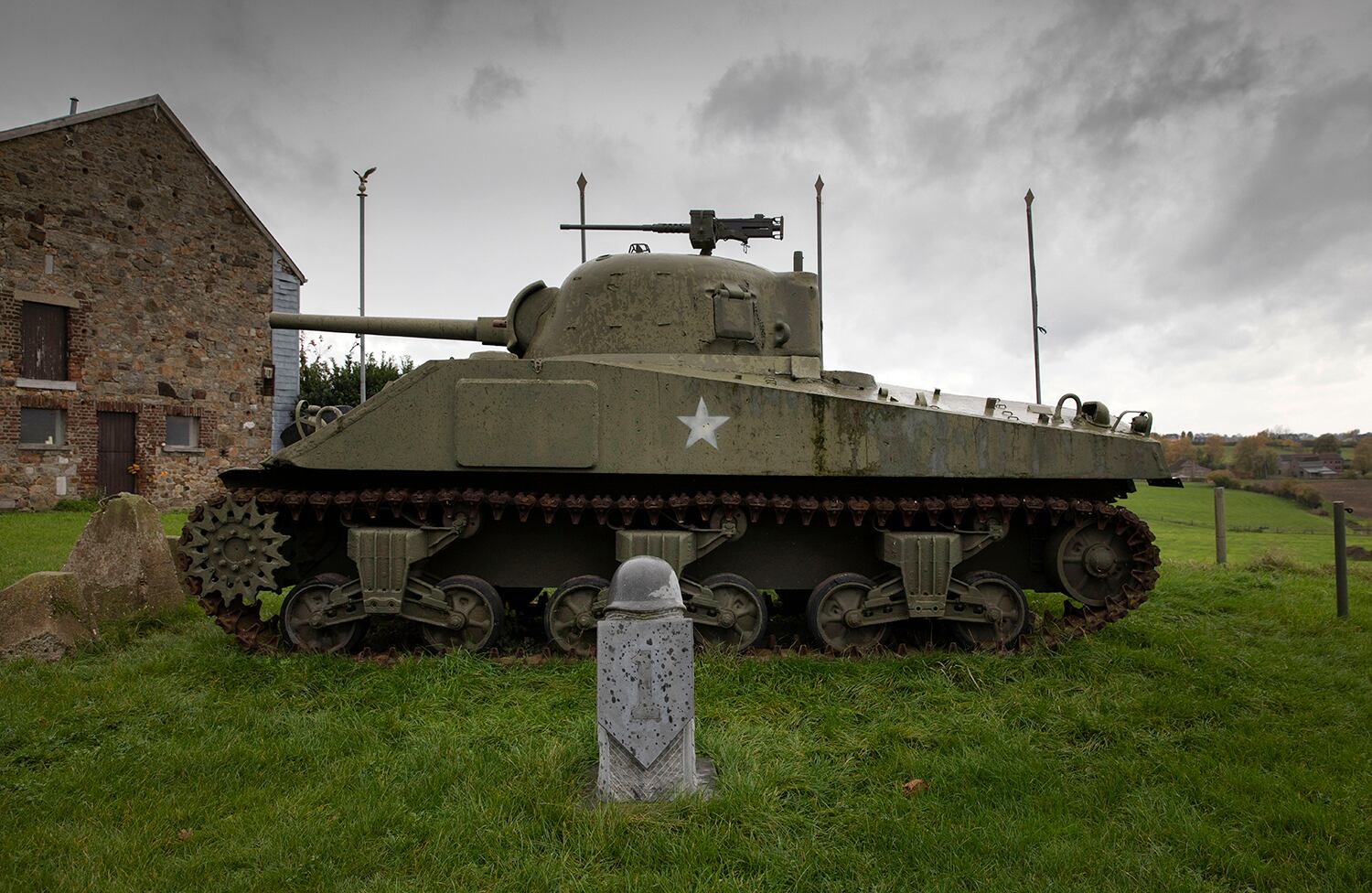The Army Museum Enterprise is getting rid of duplicate artifacts among its 580,000-item collection over the next five years, leaving opportunities for other museums, veterans organizations, national parks, and state and local governments to ultimately claim the excess inventory.
The divestiture will include artifacts from all 46 museums operated by AME, according to an Army Headquarters press release Monday.
“We expect that the first divestiture by site will take place in Spring of 2021, but we have been working on collections reviews over the past year," Stefan Rohal, AME’s historic materiel division chief, told Army Times.
Rohal’s division is working with the Defense Logistics Agency to establish the process for reviewing and distributing artifacts. He said the goal in announcing the plan early is to ensure that eligible organizations sign up with the General Services Administration so they have time to request property.
“The Army Museum Enterprise is reviewing everything from tanks and howitzers to uniforms and canteens,” Rohal said in the news release, adding that some artifacts could be tightly controlled by law and regulation.
Weapons, which require demilitarization, uniforms, hateful material, or anything with hazardous material cannot go to the general public, Rohal noted.
“Anything not in one of these categories that does not get picked up by an eligible organization could potentially make its way to the public,” Rohal said.

Army museums have been collecting artifacts for years, but the service only finished consolidating the different facilities under a single command in 2019.
The current effort was framed as a “right-sizing” by the Army HQ release, and it is intended to ensure the service only retains those artifacts that "need to be cared for in perpetuity.”
Organizations that are fully registered with federal surplus property request systems will be able to request items once property turn-ins begin.
Once the property is turned over to the Defense Logistics Agency, it goes through its screening process, according to Rohal.
“Our goal is that most of the material be placed with approved museums and educational institutions,” he said. “[The General Services Administration] believes they will place most of the property.”
Department of Defense entities, including other military museums, should request items through the Defense Logistics Agency.
Non-DoD entities such as the National Park Service, Smithsonian Institute, or similar organizations should request items from the U.S. General Services Administration website by contacting their national utilization officer.
Material not required by a federal entity will be declared surplus, released from the Army artifact collection, and made available to museums, states and municipalities, veterans organizations and other eligible recipients that qualify for the GSA Federal Surplus Personal Property Donation Program, according to the Army HQ release.
Kyle Rempfer was an editor and reporter who has covered combat operations, criminal cases, foreign military assistance and training accidents. Before entering journalism, Kyle served in U.S. Air Force Special Tactics and deployed in 2014 to Paktika Province, Afghanistan, and Baghdad, Iraq.




